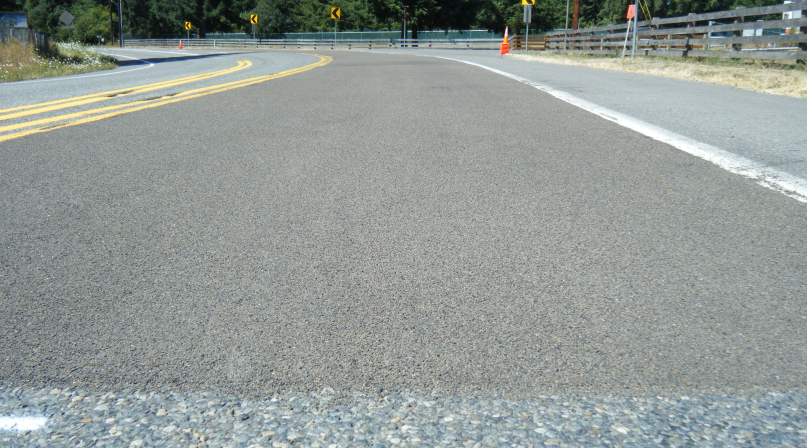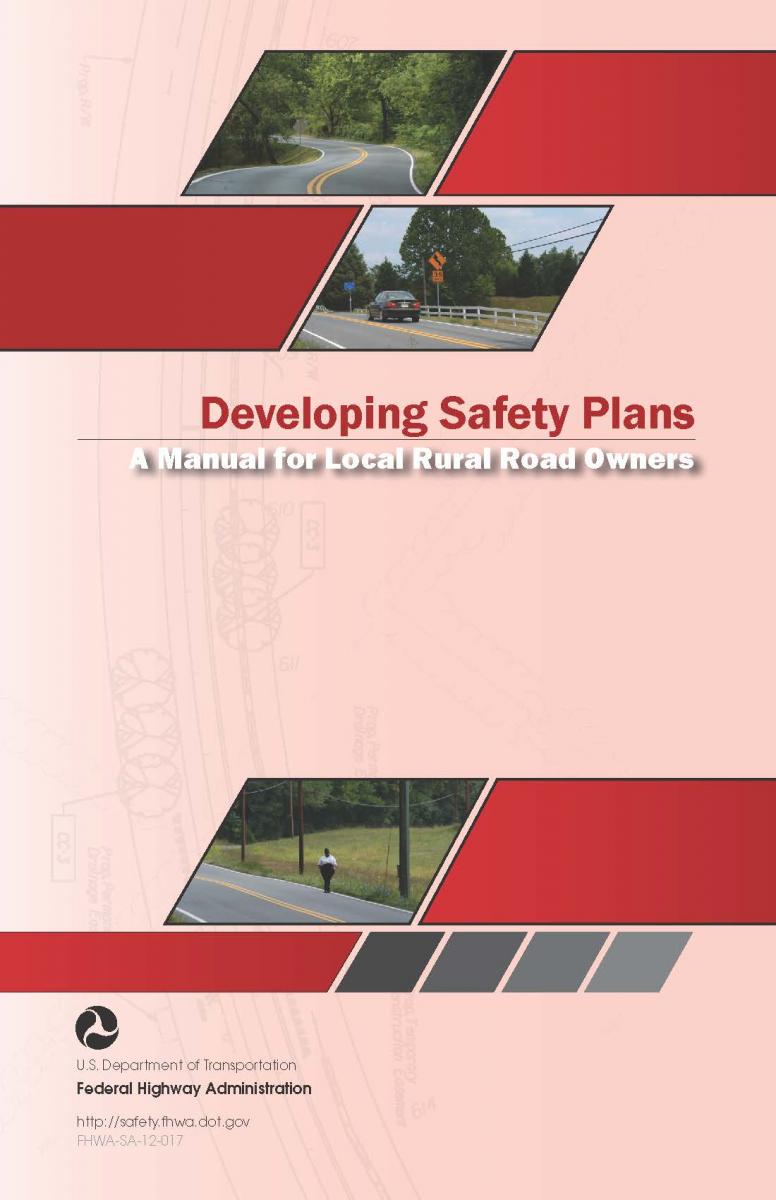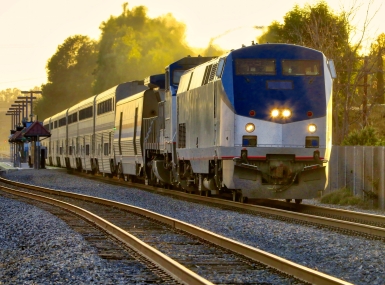Local Road Safety Plans: FHWA offers implementation tips

Various organizations and agencies may be able to assist in the creation of a Local Road Safety PlanWhy Develop Local Road Safety Plans
The State’s Strategic Highway Safety Plan (SHSP) can assist local leaders in addressing safety on local roads but a locally focused plan is often needed to address the unique conditions in each community. Local road safety officials play a critical role in addressing crash risks and may be able to identify the specific conditions that contribute to crashes in their jurisdictions. A Local Road Safety Plan (LRSP) offers a foundation for consensus and focus.
It defines key emphasis areas and strategies that impact local roads and provides a way forward to save lives in local communities.
With the passage of the transportation legislation in 2005, Safe, Accountable, Flexible, Efficient Transportation Equity Act: A Legacy for Users (SAFETEA-LU), Safety was established as a new core funding program through the then-new Highway Safety Improvement Program (HSIP).
The HSIP was structured and funded to reduce highway fatalities and required states to develop a Strategic Highway Safety Plan (SHSP), focusing on results. The SHSPs are statewide-coordinated safety plans that provide a comprehensive data-driven framework for reducing highway fatalities and serious injuries on all public roads. Local Road Safety Plans (LRSP) are based on the same concept as the state SHSPs.
Benefits Realized
 Recognizing the benefits of LRSPs, Minnesota was the first state to complete plans for all of its 87 counties using HSIP funds. These were completed in 2013. According to Rick West, Otter Tail County engineer, “LRSPs provide practitioners with a detailed, prioritized county-wide, safety plan to guide and support future safety investments. The benefits far outweigh the challenges and have resulted in a safety culture change in Otter Tail County.”
Recognizing the benefits of LRSPs, Minnesota was the first state to complete plans for all of its 87 counties using HSIP funds. These were completed in 2013. According to Rick West, Otter Tail County engineer, “LRSPs provide practitioners with a detailed, prioritized county-wide, safety plan to guide and support future safety investments. The benefits far outweigh the challenges and have resulted in a safety culture change in Otter Tail County.”
The state’s plan may provide inputs to the local plan. Likewise, the local plan can feed the state’s process.
Some benefits realized in the LRSP development process:
- promoting road safety awareness
- developing lasting partnerships that may benefit future projects
- instilling or enhancing a sense of collaboration among different disciplines, and
- assisting local agencies to better leverage funding.
LRSP provides local agencies an opportunity to improve relationships with the public, stakeholders, and across governmental agencies by working through a collaborative process. Improving road safety is a benefit for everyone involved.
Iowa is one of the states that have since adopted the Minnesota approach. “As I learn how to better utilize it, I will appreciate it more,” says Brian Keierleber, Buchanan County engineer. “I feel I know my most hazardous locations and this generally confirms it. It also identified a stretch of roadway that is an issue that I was unaware of. Every day is a learning experience.”
Ingredients for Success
The success of an LRSP is dependent on five critical components:
- Having a champion: A champion advocates for the LRSP and gathers the political support to assist in its implementation.
- Developing a clear vision and mission: A strategic vision and mission unite all stakeholders with a common goal.
- Assembling collaborative partners: Partners collaborate to implement the plan.
- Allocating appropriate resources: Manpower and management are essential for ensuring a plan’s success, and
- Establishing open communication: The LRSP owners should foster open and frequent communication with stakeholders, community partners and citizens as they develop and implement the plan.
In 2014, the State of Washington required county governments to develop a LRSP to access HSIP funds for safety projects. The basic requirements for the LRSP were: focus on low-cost, widespread projects that would reduce the risk of fatal and serious-injury collisions on county roads, based on the priorities in the county’s LRSP. Thirty-one of the 39 counties in Washington completed LRSPs and were successful in acquiring HSIP funds.
Thurston County, one of the local pioneers in risk-based safety at the local road level, has decided that for 2016 it will develop a more comprehensive LRSP than its current one.
According to Scott Davis, traffic engineer, Thurston County Public Works, “We cannot end fatalities and serious injuries if we keep waiting for something to happen. The LRSP provided Thurston County with a proactive and forward-looking approach to traffic safety.
“Through the development of the LRSP, we identified horizontal curves as a system-wide priority and have been a focus for investments since. Traditional practices may not have identified this system-wide need and, as such, missed an opportunity to make a widespread safety impact.”
Several local agencies throughout the nation have taken the initiative to develop their own LRSPs and have seen the changes they have made to their road safety program. Clackamas County, Ore. developed and adopted its transportation safety action plan in 2012. Its plan included roadway safety elements and also examined a broader view on traffic safety including safety culture and the linkages between public health and safety. The county is currently developing a concept to incorporate health and safety into all policies.
Resources
 When developing a LRSP, agencies may confront challenges such as a lack of personnel or adequate data. Various organizations and agencies may be able to assist in the creation of an LRSP — Local Technical Assistance Program (LTAP) Centers; Regional Planning Organizations; State DOTs.
When developing a LRSP, agencies may confront challenges such as a lack of personnel or adequate data. Various organizations and agencies may be able to assist in the creation of an LRSP — Local Technical Assistance Program (LTAP) Centers; Regional Planning Organizations; State DOTs.
Additionally, the FHWA Office of Safety created Developing Safety Plans: A Manual for Local Road Owners, an easy to read step-by-step guide to developing LRSPs with templates, tables and other resources.
The manual can be accessed for download here. .
Hard copies are also available. Visit the FHWA website for additional safety resources.
Conclusion
Many state DOTs are now embarking on a comprehensive approach to the development of local road safety plans whereas in other states the local agencies are taking the initiative to develop these plan with the DOT having a seat at the table. Regardless of who takes the lead, the ultimate goal of developing a LRSP is to save lives and prevent injuries in local communities.
WATCH LOCAL ROAD SAFETY WEBINAR JUNE 30
As part of NACo President Sallie Clark’s presidential initiative, Safe and Secure Counties, NACo partnered with the FHWA Office of Safety to offer a series of County News articles highlighting steps counties can take to promote transportation safety. The first and second articles in the series are available online. Also, join NACo and FHWA for a webinar on June 30 to learn more about local road safety plans. Registration information is available here.
Attachments
Related News

Counties directly eligible for $5.2 billion in competitive transportation grants
Counties are directly eligible for $5.2 billion in competitive transportation grants.

Counties directly eligible for $2.4 billion through USDOT rail safety improvement program
Counties are directly eligible for $2.4 billion through USDOT rail safety improvement program.

County Countdown – March 19, 2024
Every other week, NACo’s County Countdown reviews top federal policy advocacy items with an eye towards counties and the intergovernmental partnership.
